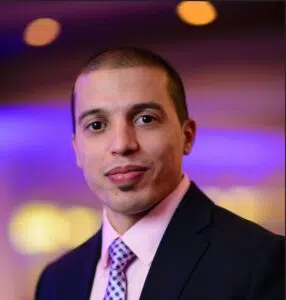Considering a person’s identity and culture is important in any context, and it is generally assumed that members of a community will act more or less the same. After all, shared

values are what make a community of people, and it would therefore be reasonable to think that people with hearing loss are the same way.
More than any other group of people, however, those with hearing difficulties have a unique identity and culture. They use a distinct signed language which is typically considered to be their primary language instead of English. If you are considering work as a sign language interpreter in the United States, here are some points to keep in mind:
- Eye contact – Although it’s normally considered rude to hold a person’s gaze too long, people who can’t hear depend on visual cues to keep pace with conversations
- Collectiveness – The United States is well known for focusing on the individual, but the deaf community is so small that it is common for deaf people to keep each other informed. For this reason, Deaf culture tends to value the group over the individual and recognizes group actions as much more important than those by a single person.
- Bluntness – Deaf people often communicate more directly and bluntly than their hearing counterparts. This is probably due to the need to get across information in ways other than speaking, such as by physical gestures or contact (waving or touching the arm or shoulder).
- Detailed explanations – It is common for deaf people to keep one another informed of what’s going on in the world around them, including giving detailed explanations for arriving early or late. As part of your interpretation, you may want to explain this to the hearing participant or paraphrase the explanation, depending on the situation.
- Sign language Pride – American Sign Language isn’t just a nonverbal form of English. Those who sign are proud of their language. It is a complete communication system with a distinct grammar and even regional variations.
- Not being able to hear is okay – Many deaf people see nothing wrong with their inability to hear.
- Not all deaf people can read lips – If all deaf people could read lips, ASL interpreters wouldn’t be needed! Even for deaf people who can read lips, many still prefer to use sign language which is much more natural and comfortable.
Punctuality – Deaf people often arrive early to events in order to make sure they will have a convenient place to observe what’s going on without other people blocking their view. It is therefore very important that you make sure you arrive in plenty of time for an interpretation assignment, perhaps a couple of minutes earlier than you normally would.
Deaf culture is made up of so much more than what’s listed here, including literature, art, personal values and attitudes. This is just the tip of the iceberg.
Do you work as a sign language interpreter or have deaf friends or colleagues? Are you deaf and would like to share your thoughts? We welcome your feedback in the comments!






